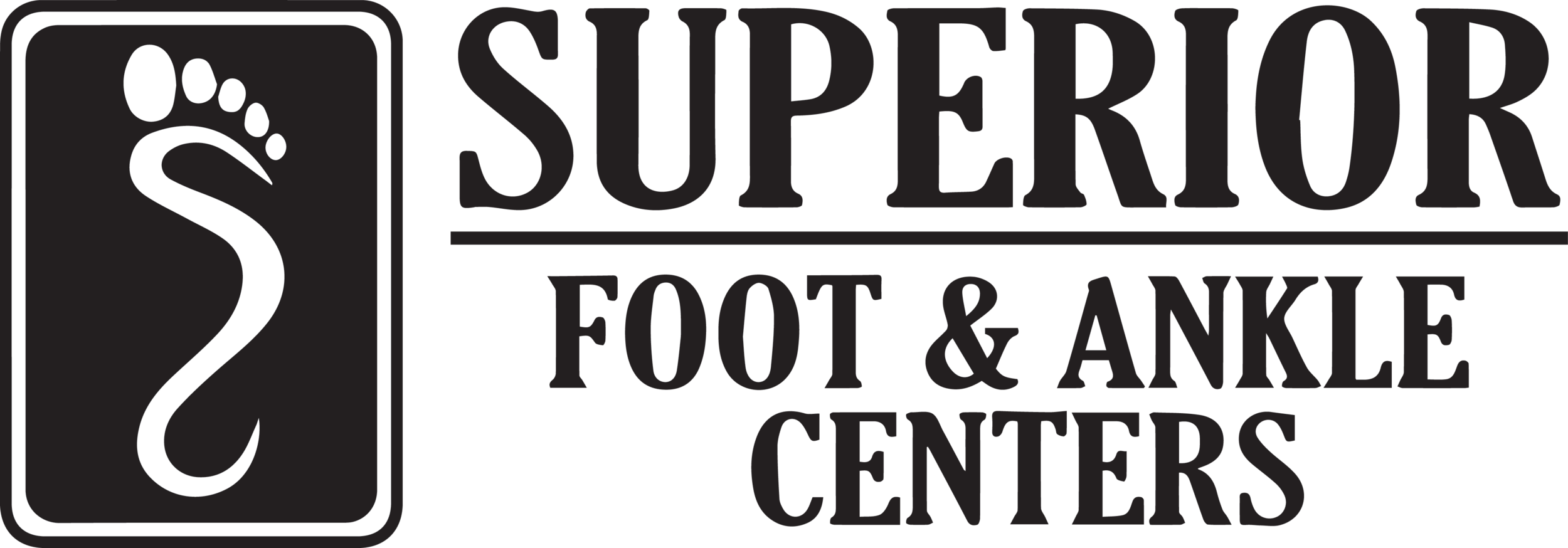BAD BODY MECHANICS LEAD TO BUNIONS
Do your feet hurt? They are supposed to, aren’t they? When asked, most Americans would say it’s normal, to be expected. And there are a multitude of reasons for pain from this region of the body, especially when some bony deformity has developed, leading to shoe fit problems and skin issues.
The most common foot deformity is the dreaded bunion (technically called hallux valgus). This is a bump that develops on the inner side of the foot, at the base of the big toe. Concurrently, the digit drifts over towards the smaller toes, a change typically accompanying the growth of the bump.
The consequences of this process are many, not all of which are obvious. But the topic under discussion here is not the symptoms and complications associated with hallux valgus, the technical term for this gradually developing deformity. What causes this prominence? Why does the big toe migrate slowly, over months and years, crowding the lesser digits, twisting the joint out of position?
As most are aware, bunions have a genetic association, meaning it is more likely to occur if a parent or grandparent were afflicted. But it’s not a one-to-one relationship; there must be more at play than just inherited characteristics. Why do some people get only suggestions of the bump while others end up with the great toe lying sideways on top of the adjacent toes.
Questions remain concerning the mechanism of this deformity: why does the bump develop? What is it composed of? What leads to the big toe leaning so precipitously over? Many factors come into play, but the most common seems to be excessive, recurrent force to the inner side of the foot. This occurs when the arch rolls down, a motion which can be summarized with the term pronation.
The first metatarsal bone isn’t locked in place well and the abnormal physical stress of pronation can cause this gradual drift. This, in turn, unlocks the big toe joint. Altered mechanics of this joint allow the digit to slowly slide over. But the joint isn’t going to work properly with such a significant change in alignment. Degenerative changes in the joint are predictable and inhibit the functionality of the foot, ankle, and potentially many other structures supported by the foot.
Anything which sufficiently increases downward movement of the arch, the aforementioned pronation, will tend to encourage bunion development. A critical factor frequently leading to both a bunion as well as excessive pronation is a tight Achilles tendon. This is the largest tendon in the body and has a profound effect on how the musculoskeletal system works. Because this tendon crosses three important joints, a short Achilles dramatically alters how we stand and walk. Increased stress to the knee and spine will result, along with worsening of the bunion.
Certain anatomical characteristics may work to encourage this ubiquitous abnormality. A first metatarsal which is longer than normal may destabilize the first ray, referring to the toe, the metatarsal, and the bone attached to the base of the first. Even a longer toe bone can lead to increased pressures to the metatarsal bone, gradually pushing it out and away from the other metatarsals.
Sadly, prevention is something of a ‘dirty’ word in our healthcare system. Little attention is directed to the identification of these factors in the presence of a positive familial history. No evaluation is recommended of a young person’s biomechanics when their grandmother had severe deformities. But some simple measures can reduce the likelihood of these structural changes occurring.
Numerous pains and problems may result from the presence of hallux valgus. These are too numerous to list but some are surprising. For example, the first metatarsal is an important and vital part of the support system of the body. The altered position of the metatarsal bone, out and slightly elevated, means the foot (and therefore the leg and spine) aren’t propped up correctly. Heel pain, Achilles inflammation, even painful corns may ensue.
When a bunion is present and the abnormality is sufficiently severe, some type of surgical procedure is the only means of correction. But traditional “open” bunion surgery is traumatic and can be quite painful. Consequently, many seniors are discouraged from these operations, at least until the advent of minimally invasive techniques. Because of the tiny incisions used with this method, there is significantly less soft tissue injury, so healing is easier.
But for those who are concerned about their predisposition to growing a bunion deformity, some relatively simple measures can help. Unfortunately, there are no studies allowing us to say exactly how much better your odds. For example, an evaluation of your biomechanics may reveal a tightened heel cord complex. Although time consuming, a stretching program can reduce the deforming force of the Achilles (when properly performed, which it’s often not). This will likely provide multiple benefits such as reduced stress to the knee joint and better spine mechanics.
Limiting excess pronation of the arch with some sort of supportive device can help to limit or slow formation of the bunion. There are a plethora of different over-the-counter arch supports on the market, although a custom device, created with an in-depth analysis of gait and stance, function and alignment, will provide the most benefits and be the most comfortable.
Prevention is a wonderful concept, but putting these principles into practice has been slow to occur. We direct enormous resources to the treatment of severe diseases but pay little heed to minimizing their occurrence. As with many knee replacements, experts agree bunions can be prevented by addressing the structural and functional issues leading to the deformity. But with the rising financial burden of healthcare and the corporatization of medicine, changing our medical philosophy seems unlikely and preventative medicine remains under-utilized.
